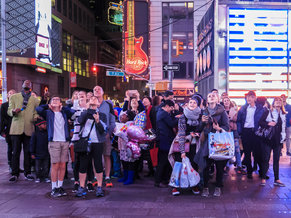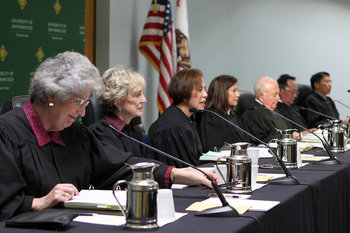Customer Needs
The degree to which a product or service solves customer problems. For example, a running shoe that is stylish, comfortable and high performance in the opinion of a customer or target market such as amateur marathon runners who need a cushy ride to increase their endurance.Comfort | Compatibility |
Convenience | Efficiency |
Features | Functions |
Health | Performance |
Style | Taste |
Ease of Purchase
Customers may find the purchasing process itself to be stressful or an uninteresting use of time. As such, they may assign a high value to goods that reduce purchase uncertainty or are otherwise easy to buy. For example, a customer who is worried about unhealthy ingredients in food may place a high value on products that clearly explain their ingredients in plain language.Guarantees | Informative Advertising |
Instructional Content | Product Information |
Product Packaging | Product Specifications |
Purchase Convenience | Purchase Experience |
Warranties | Word of Mouth |
Ease of Use
How easy it is to use the product or service to achieve the customer's goals. For example, a bicycle helmet that just gets out of the way versus one where you are always having to adjust straps as they feel uncomfortable.Convenience | Efficiency |
Learnability | Productivity |
Reliability | Usability |
Quality
Quality is how well a product suits its purpose from the perspective of the customer. This overlaps with ease of use and includes elements such as durability. Customers often have specific ideas about quality. For example, a customer who perceives beverages in glass bottles as higher value than plastic.Country of Origin | Craftsmanship |
Design Quality | Durability |
Fit for Purpose | Materials |
Resilience | Sustainability |
Opportunity Cost
Customers view the purchasing decision as a series of opportunity costs. They look at the products available to them in a competitive market and decide on a purchase based on some rationale. For example, a traveler who picks a hotel because it is closest to a theme park and seems family-friendly this may be chosen at the opportunity cost of a more luxurious hotel down the road that probably has better food but isn't likely to be as friendly to young children who make plenty of noise and chaos.Affordable Status | Best Value for Price |
Cheapest Price | Highest Status |
Least Risky | Lowest Cost |
Most Exciting | Only Product Available |
Only Product That Meets Needs | Unique Feature |
Brand Perceptions
Consumers think about brands as having a reputation and personality -- much like people. This is known to greatly influence customer value. For example, consumers commonly value a brand higher simply because the recognize it even if they have no information whatsoever about the brand. For example, a consumer buying corn soup may pay $4 for a soup with recognizable brand symbols on it and leave a $2 equivalent soup on the shelf because it doesn't look familiar.Brand Aversion | Brand Awareness |
Brand Image | Brand Loyalty |
Brand Recognition | Brand Reputation |
Social Status
People may feel that products and services are an expression of themselves that can earn them respect from others. This can be viewed as commoditization of the human experience. For example, a person who wants to be cool can buy cool, or feels they can.Altruism | Attractiveness |
Bravery | Connectedness |
Coolness | Culture |
Independence | Intelligence |
Popularity | Trendiness |
Wealth | Youth |
Experience
The end-to-end customer experience is a fundamental part of the value of a product or service to customers. For example, a single poor service interaction can cause a customer to regret a purchase and develop brand aversion. This is often viewed as a journey that can include everything from first hearing about a product to participating in brand culture.Awareness | Brand Culture |
Customer Service | Learning & Discovery |
Product Culture | Product Experience |
Purchase | Service Experience |
Support | Unboxing |
| Overview: Customer Value | ||
Type | ||
Definition | The perceived worth of a product or service from the perspective of a customer or target market. | |
Related Concepts | ||




























